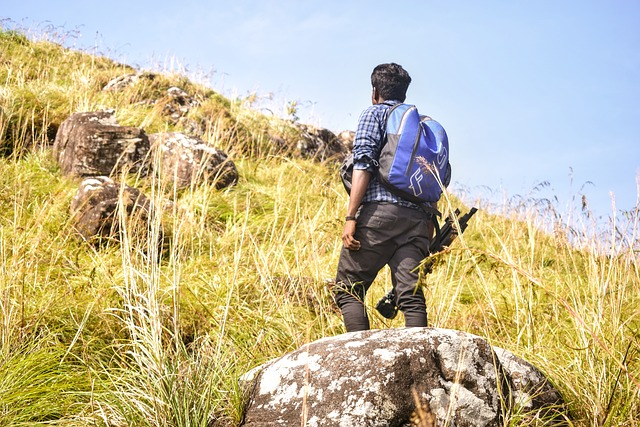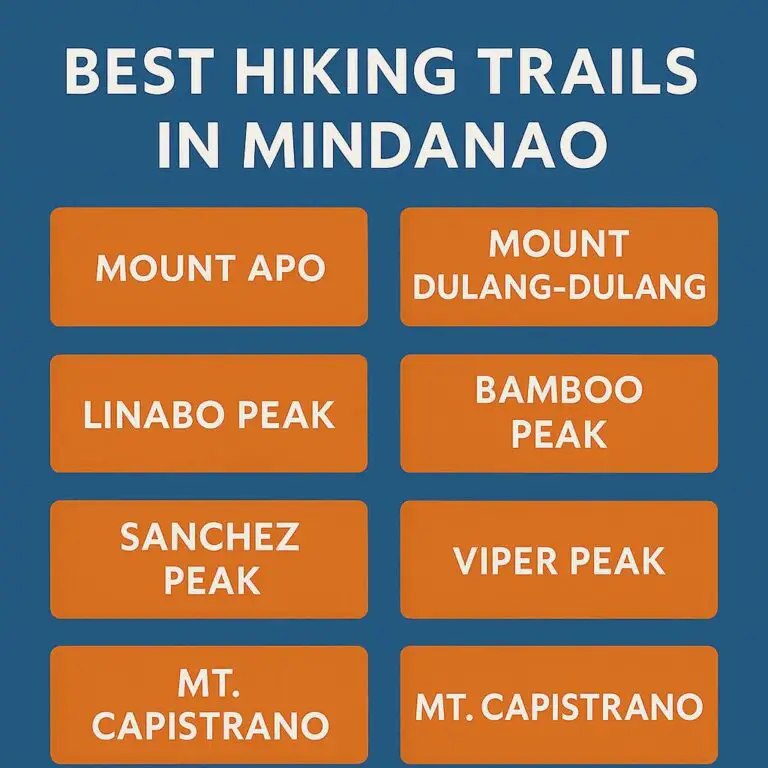Hiking is a great way to experience nature, get some exercise, and challenge yourself. However, to have a successful and safe hiking trip, you need to have the right gear. This comprehensive hiking gear checklist will help you prepare for your next adventure, ensuring that you have everything you need for a comfortable and enjoyable experience. From clothing and navigation to hydration and first aid, I’ll cover all the essential gear items that every hiker needs.
So, whether you’re planning a day hike or a multi-day backpacking trip, this guide has got you covered. Let’s dive in!
Clothing
When it comes to hiking, the right clothing is crucial for both comfort and safety. Here are 6 clothing items that every hiker should have:
- Hiking boots/shoes: Good quality hiking boots or shoes are essential for protecting your feet and providing support on uneven terrain.
- Moisture-wicking socks: These socks are designed to keep your feet dry and prevent blisters.
- Comfortable pants/shorts: Choose pants or shorts made from lightweight, breathable, and quick-drying materials.
- Breathable shirt: Look for a shirt that is lightweight, breathable, and moisture-wicking to keep you comfortable during your hike.
- Insulating layers: Even if it’s hot outside, temperatures can drop quickly at higher altitudes. Pack insulating layers such as a fleece jacket or vest, or a puffy down jacket.
- Waterproof rain gear: Don’t let the rain ruin your hike. Pack a waterproof jacket and pants to stay dry and comfortable during wet weather.
Navigation
Getting lost while hiking can be dangerous, so it’s important to have the right navigation tools with you. Here are 4 navigation items that every hiker should have:
- Map and compass: Carry a detailed map and a reliable compass to help you navigate your route.
- A GPS device or smartphone app: If you prefer to use technology, consider bringing a GPS device or a hiking app on your smartphone.
- Whistle: In case of an emergency, a whistle can help alert others to your location.
- Personal locator beacon (PLB): A PLB is a device that sends a distress signal to emergency services, providing your exact location in case of an emergency.
Shelter
Having a proper shelter is important to protect you from the elements and provide a comfortable place to rest during your hike. These are some shelter items that every hiker should have:
- Tent or hammock: Depending on your preference, a tent or a hammock can provide a comfortable place to sleep.
- Sleeping bag: Choose a sleeping bag appropriate for the weather conditions you’ll be hiking in.
- Sleeping pad: A sleeping pad will provide insulation and cushioning for a more comfortable sleep.
- Tarp or groundsheet: A tarp or groundsheet can be useful for creating a dry area to store your gear or to set up your tent.
Hydration and Nutrition
Proper hydration and nutrition are essential for staying energized and healthy during your hike. Here are some hydration and nutrition items that every hiker should have:
- Water bottles or hydration bladder: Bring enough water for your hike and make sure to stay hydrated.
- Water filter or purification tablets: If you’re hiking in an area without potable water, a water filter or purification tablets can ensure your drinking water is safe.
- High-energy snacks: Pack high-energy snacks such as trail mix, energy bars, or dried fruit to keep you fueled during your hike.
- Lightweight cooking stove and utensils: If you’re planning on cooking food on your hike, bring a lightweight stove and utensils to prepare your meals.
First Aid
Injuries can happen during a hike, so it’s important to have a well-stocked first aid kit with you. These are some first-aid items that every hiker should have:
- First aid kit: A basic first aid kit should include items such as bandages, gauze, antiseptic wipes, and tweezers.
- Sunscreen: Protect your skin from harmful UV rays by applying sunscreen regularly during your hike.
- Insect repellent: Keep mosquitoes and other insects at bay with insect repellent.
- Personal medication: If you take any medication, make sure to bring enough for the duration of your hike.
Miscellaneous
In addition to the essentials, there are some miscellaneous items that every hiker should consider bringing on their hike:
- Headlamp or flashlight: A headlamp or flashlight can be useful if you’re hiking in low-light conditions or need to set up camp at night.
- Multi-tool or knife: A multi-tool or knife can come in handy for a variety of tasks, such as cutting rope or opening food packaging.
- Trekking poles: Trekking poles can provide extra stability and support, especially on steep or uneven terrain.
- Sunglasses: Protect your eyes from the sun’s harmful rays by wearing sunglasses.
- Camera: Capture memories of your hike by bringing a camera to take photos of the beautiful scenery.
These miscellaneous items may seem small, but they can greatly enhance your hiking experience.
Conclusion
A successful hiking trip requires proper preparation, and having the right gear is a crucial part of that preparation. By following this ultimate hiking gear checklist, you can ensure that you have everything you need for a safe, comfortable, and enjoyable hike. From clothing and navigation to hydration and first aid, every item on this list plays an important role in a successful hiking trip.
So, whether you’re a seasoned hiker or a beginner, make sure to pack these essentials before you hit the trail. And don’t forget to share this checklist with your fellow hikers, so they can also be well-prepared for their next adventure!
Here is another great article to help you to stay safe in your next hiking adventure.




